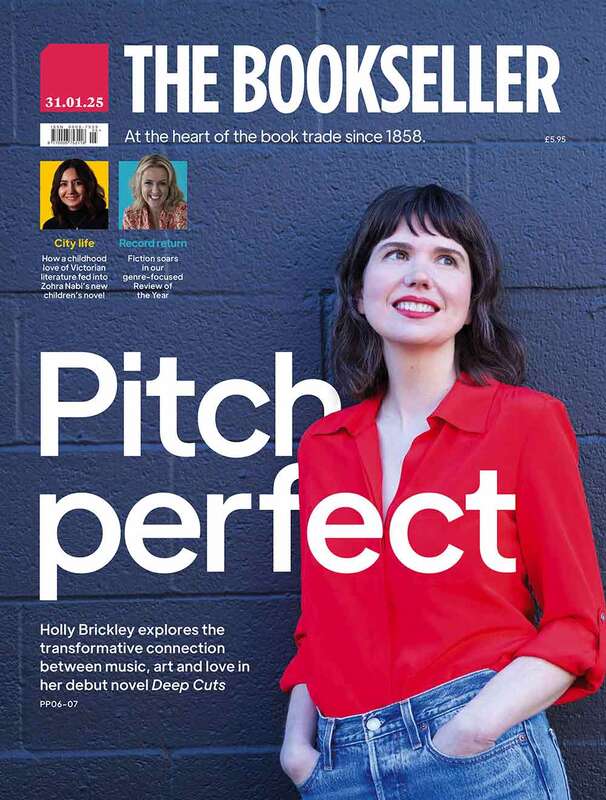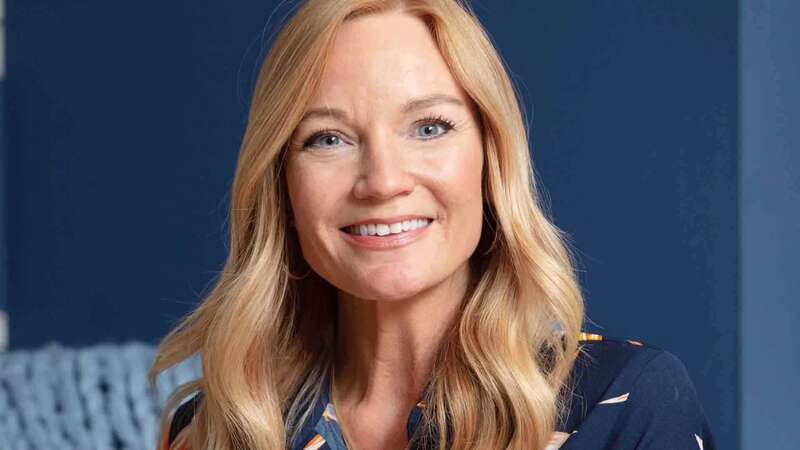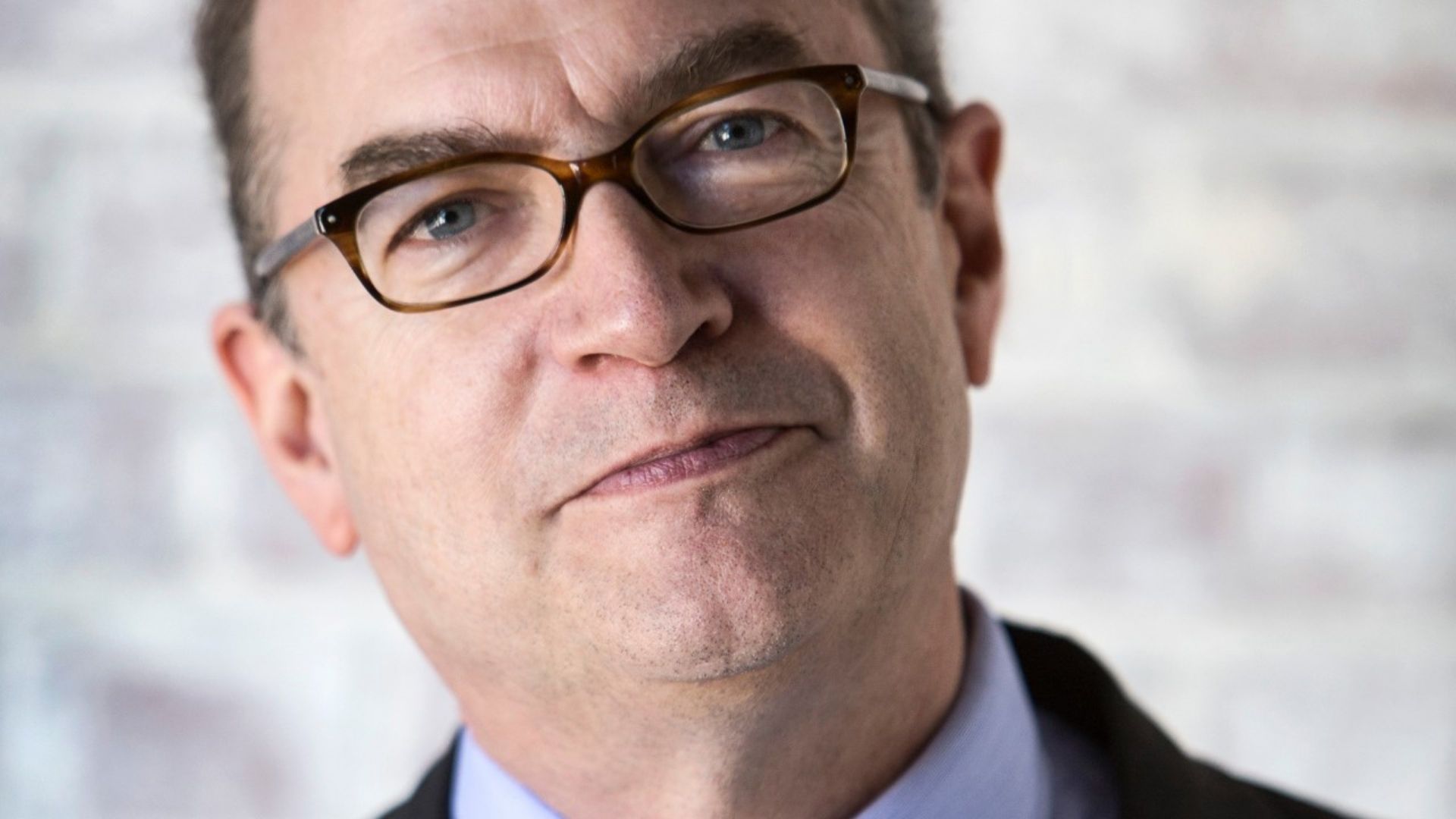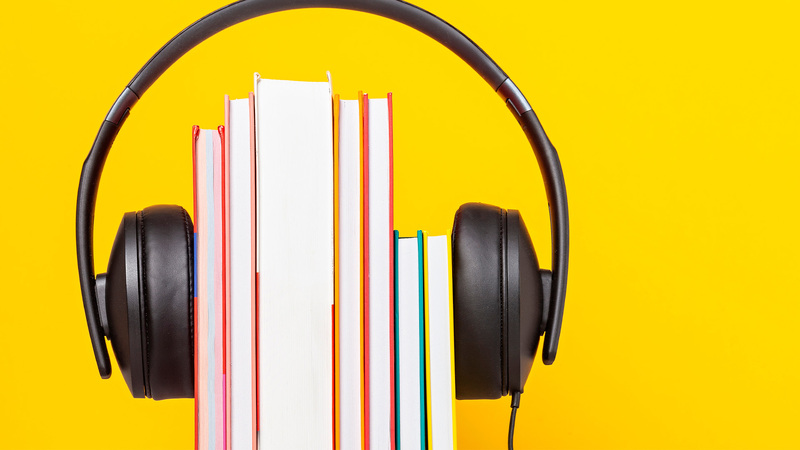You are viewing your 1 free article this month. Login to read more articles.
Self-published titles '22% of UK e-book market'
Sales of self-published e-books accounted for 22% of the digital book market in the UK last year, the Nielsen BookInsights Conference today (23rd March) was told, although growth in overall e-book sales is continuing to slow. By contrast sales of audiobooks continued to rise strongly - up by more than a quarter in 2015.
Steve Bohme, research director at Nielsen Book UK, said self-published titles rose from 16% of the e-book market by volume in 2014 to over a fifth of the market (22%) in 2015.
At the same time he said e-book sales grew by 5% in volume in 2015 – a lower growth rate than in 2013 and 2014, leading to the e-book share of books only rising marginally last year by 1% to 27% of the market from 26% in 2014.
Bohme said: “All of the e-book growth in 2015 can be attributed to a rise in purchasing of Amazon/self-published titles, with purchases of e-books from mainstream publishers down slightly on 2014.”
He added that because self-published titles are “still around half the price of e-books from mainstream publishers”, the overall price paid for e-books fell by 1% in 2015. In contrast, the average price paid for print books rose by 2%. It meant that by value e-book share of the overall book market fell back to 16% in 2015.
As previously reported by The Bookseller, print books saw a resurgence in 2015, with sales up 3% by volume and 4% by value according to Bohme, driven by women under 35 and men aged 55-84. The combined print and digital growth meant the overall book market was up by 4% in volume and 5% in value respectively.
Purchases of audiobooks rose markedly last year by 27% in 2015, accounting for 3% of book purchases by volume. Three in five audiobooks were downloaded, with most listened to on phones, with a quarter bought on subscription.
Meanwhile Bohme said that the gifting of books had fallen by 8% since 2012, with the print book market mainly stimulated by purchases for oneself. "The decrease reflects fewer books bought as birthday presents or as impulse gifts, with purchases of books for spouses/partners falling fastest over the four years, with decreases as well in books bought by grandparents and mums, but less so dads," he said.
Print “gained ground” over e-books in several genres last year - general fiction, biography, cookery, reference, sport, science and YA – and remained dominant in highly illustrated sections such as arts, crafts and younger children’s books. Digital, meanwhile, continued to make more gains in the romance, crime, science fiction, self-help and fitness & business/IT areas.
Older and middle-aged women continued to move their book purchasing to digital in 2015, but lighter fiction buyers shifted back towards print in 2015, Bohme said.
The rise in tablet and smartphone ownership stalled in 2015, which contributed to the slowdown in e-book sales growth, Bohme said, with book buyers owning tablets rising by four percentage points last year, compared to a 16-18 percentage point increase in 2013 and 2014, and fewer book buyers also owning dedicated e-readers.
In terms of retailers, online companies continued to gain share of book purchases in both print and digital.
E-tailers gained most in fiction, where their share rose from 54% to 57% of value, and rose marginally in non-fiction, to 46%. Online stores had a lower share of children’s titles at just 29%, slightly up on 2014, while bookshops had a 41% share of kids books.
Price, convenience and range and selection were the most common reasons customers gave for buying from the internet, whereas convenience was also the top reason for buying from a chain retailer. Independent bookshops, meanwhile, were increasingly chosen for their selection offered.
The data is taken from the Nielsen Books & Consumers UK survey, which collects information on consumer book purchasing of both print and e-books through all sources from 36,000 book buyers aged 13-84 in the UK.



















